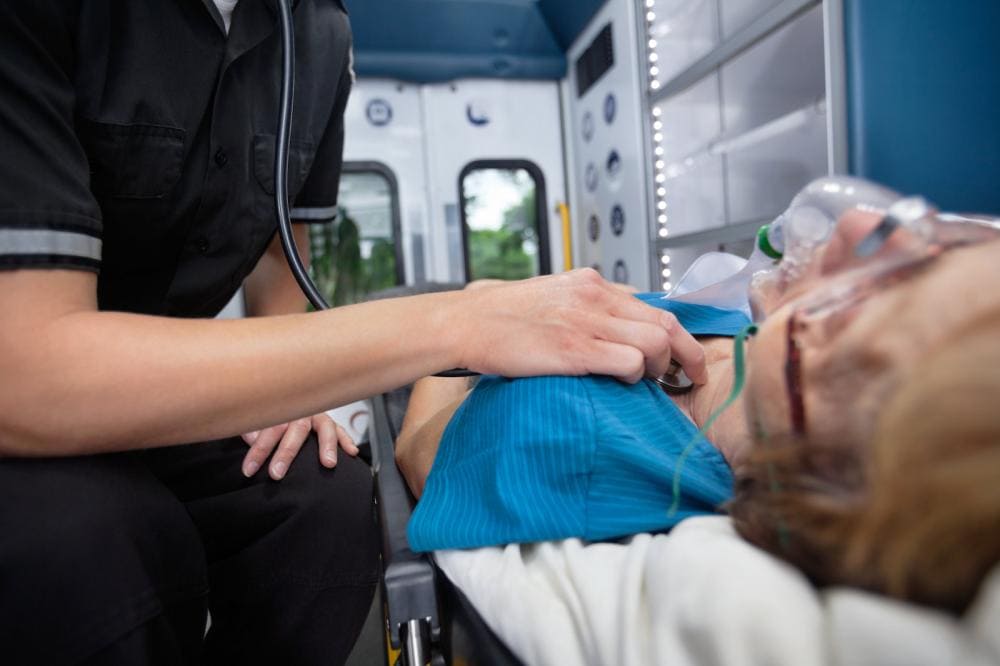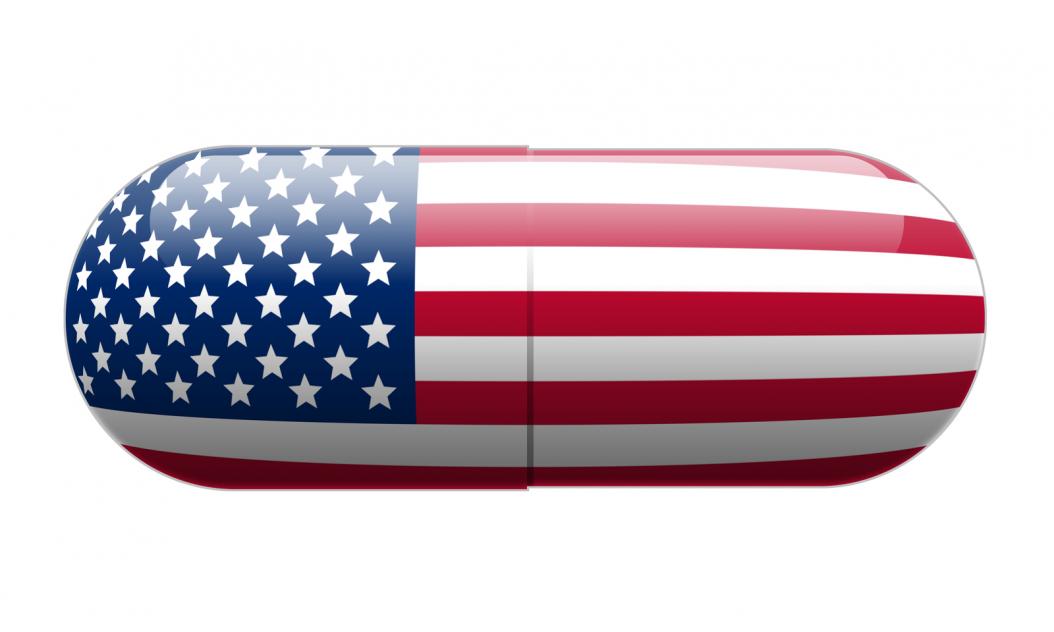Teens often experiment with drugs and alcohol, but many teens go farther and find themselves in the throes of addiction. It may be a surprise to some people, but teens are getting addicted to drugs at a high rate. Cannabis use disorder is just as common as opioid use disorder, according to a new research paper.
Research on Cannabis Addiction
Teens are just as likely to try cannabis as they are opioids. One reason for this statistic is the fact that it is likely easier to find on the street. Over 36 states in the US have legalized medical marijuana, and 21 states have legalized or decriminalized recreational use.
Sadly, a year after trying cannabis, nearly 11% of adolescents in the study met the criteria for opioid use disorder. In the group that used opioids, the number was 11.2%. Almost one in ten kids in the study would qualify for cannabis use disorder. Cannabis is also considered a gateway drug for other addictions, including alcohol, opioids, and other drugs.
Stronger THC in Cannabis
For researchers, this validates the addictive qualities of cannabis use. One reason that marijuana may be more addictive today because you can get the drug in various concentrate forms. Today, marijuana is much stronger than it was in the 1960s when its use was quite prevalent among teens. Back in those days, it was something between 12% and 17% THC. Today, dispensaries sell marijuana as vapes or concentrate as high as 60% THC, which is strong enough to hallucinate.
What The Findings Mean
While the US grows more enamored with the idea of legalizing marijuana nationwide, there has been little pushback. However, the current rates of addiction are essential to consider.
Teens are still developing their brains, especially when it comes to emotions and judgment. With addiction a part of the puzzle, many kids may be heading down a road of struggle for life.
The study looked at research over the years and did not include data from the period that provides for the coronavirus pandemic. Overall, research has shown that addiction and substance use disorders have increased during COVID-19.



